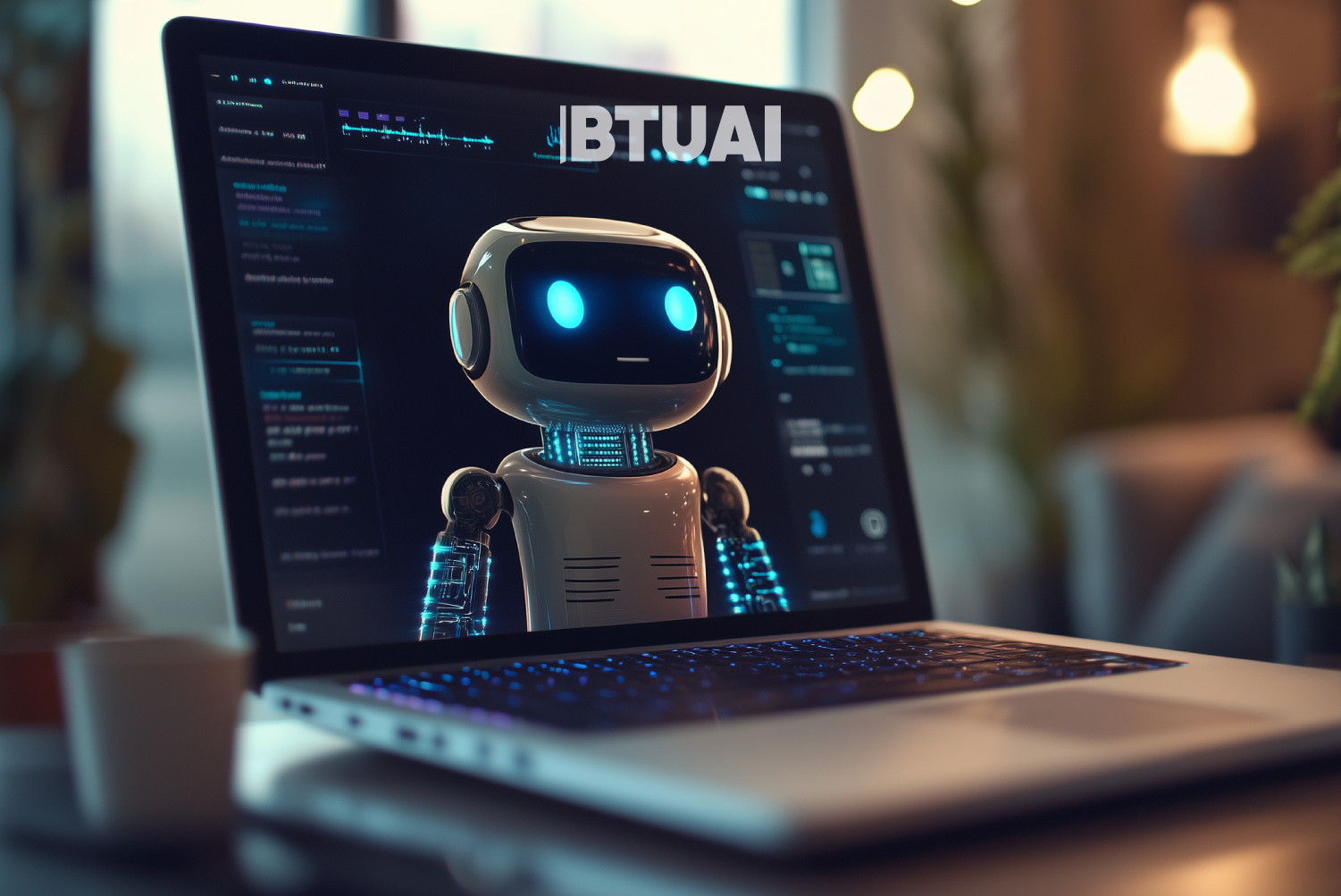How to Reduce AI Chatbot Hallucinations – Practical Approaches
AI chatbots, such as OpenAI’s ChatGPT and Google’s Gemini, play a significant role in modern communication, but their primary

AI chatbots, such as OpenAI’s ChatGPT and Google’s Gemini, play a significant role in modern communication, but their primary challenge is generating inaccurate information or “hallucinations.” These problems often arise from flaws in data sources or unclear and vague questions asked by users. However, there are specific methods to obtain more accurate and reliable responses.
1. Providing Clear and Detailed Instructions
One of the most effective ways to reduce hallucinations is to give the chatbot clear and detailed instructions. General questions like “What is the best car?” may lead to imprecise or outdated information. To get a more precise answer, specify your criteria. For example: “What are the main features of the 2025 Toyota Corolla Hybrid for the US market?” In this case, the chatbot will have fewer chances of providing inaccurate data.
2. Breaking Questions Down into Steps
Instead of asking about a broad topic in one question, it’s better to break down the query into smaller, sequential questions. For example, if you are searching for the ideal dishwasher, it’s better to first ask, “What are the most important features?” and then follow up with “Which brands are known for reliability?” and “Do higher-priced models really offer better value?” This approach will prompt the AI to generate more structured and accurate responses.
3. Citing Reliable Sources
AI models can’t always distinguish between reliable and unreliable information, so it’s helpful to specify trusted sources. For example, when seeking car data, you can say, “Provide information based on Consumer Reports or Edmunds data.” This increases the likelihood of receiving more accurate and trustworthy answers.
4. Asking AI to Acknowledge Uncertainty
It is also important to ask AI not to invent information and to simply say, “I don’t know” when necessary. Sometimes, chatbots try to answer questions even when they don’t have enough information, so it’s better to explicitly request that the AI assess its knowledge level and avoid making up incorrect data.
5. Meta-Prompting – Asking AI to Refine the Question
An interesting technique is “meta-prompting,” where you ask the AI to rephrase or refine your question for better clarity. For example, instead of asking, “Why might rain occur at temperatures below freezing?”, you can ask the AI, “Please rephrase this question more clearly and accurately.” This technique increases the accuracy of the response and reduces the likelihood of mistakes.
6. Asking for a Logical Step-by-Step Explanation
It is important to make the chatbot answer using a logical progression. If you ask, “Is nuclear energy safe?” you can prompt AI to break it down step by step: “Please explain nuclear energy safety step by step, considering technology, waste management, and regulations.” This approach enhances the accuracy of the response and gives the user a better understanding of the topic.
7. Using a Verification Chain
Another method to improve the reliability of the AI’s answers is the “Verification Chain.” In this process, you ask the AI to first generate an answer and then review it for accuracy. For example, you can instruct it: “First, generate an answer, then verify and correct it if you find any mistakes.” This ensures that the response is double-checked for any errors.
Conclusion
While it is impossible to completely eliminate errors in AI models, the methods outlined above allow us to significantly improve their accuracy. By asking precise questions, citing reliable sources, and requesting step-by-step explanations, the information provided by AI chatbots can become more trustworthy and helpful. AI is a tool that must be used correctly, in order to maximize its potential and reduce the risk of misinformation.




